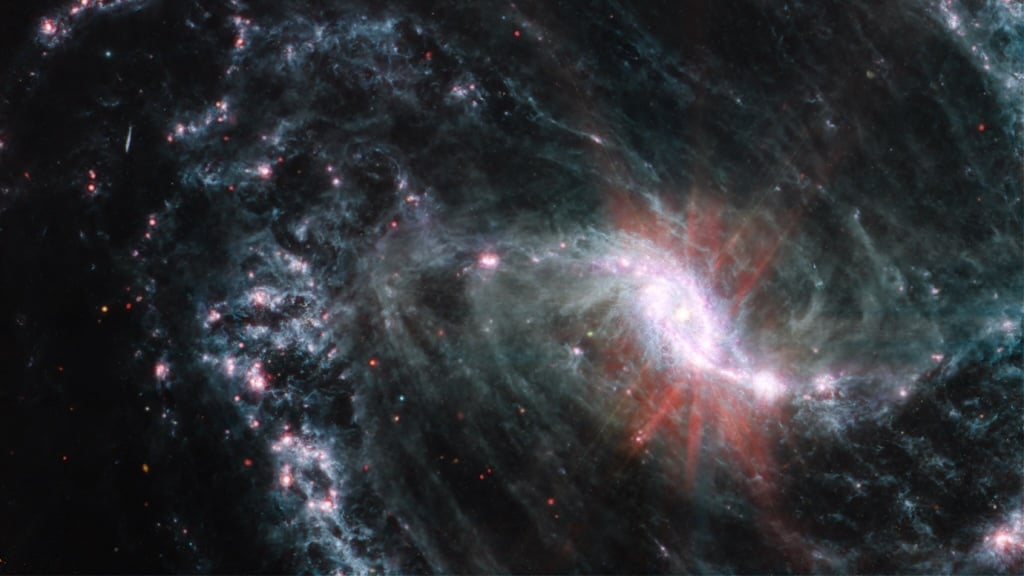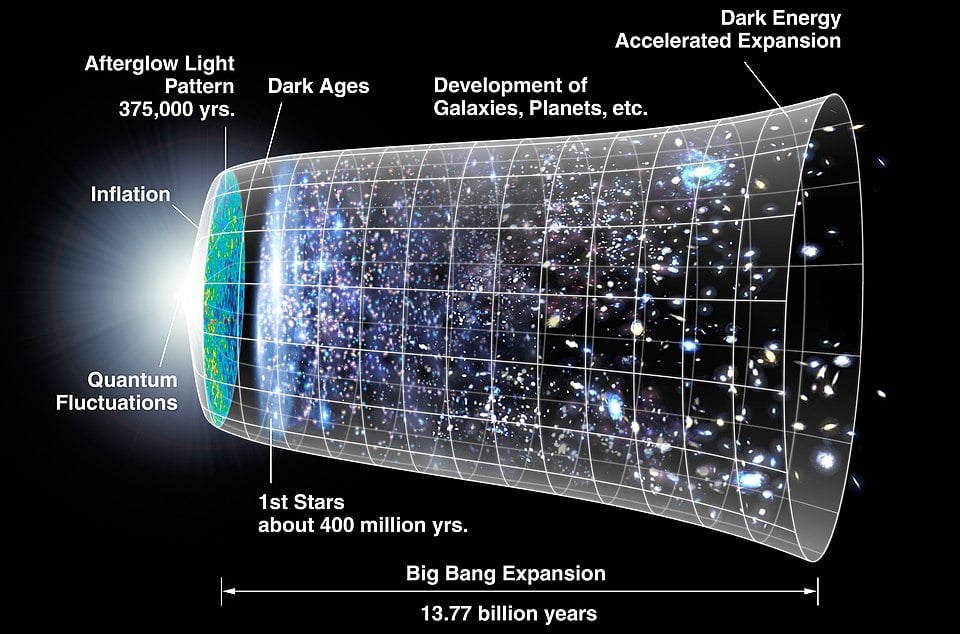For years, scientists have been scratching their heads over the "Hubble Tension,” the mismatch between how fast the cosmos was expanding in its youth versus how fast it's expanding today. But now, armed with the most precise data ever captured by the James Webb Space Telescope, astronomers have found the perceived gap is starting to narrow! In fact, the expansion rate measured by Cepheid variables versus the cosmic background has overlapping error bars again. Will the tension mystery finally be resolved?
The Hubble Tension is perhaps, one of the most frustratingly unresolved mysteries in cosmology. Here's the problem: when astronomers measure how fast the universe is expanding today using nearby stars, they get one answer. When it's calculated from the afterglow of the Big Bang—the cosmic microwave background—there is a completely different number. The gap between these measurements has persisted for over a decade, surviving countless attempts to explain it away as experimental error. Either the instruments are systematically wrong, or something fundamental about the universe's evolution is missing from our models.
A new study led by University of Chicago professor Wendy Freedman, focusses attention on measuring the distances to nearby stars and galaxies right now. This involves observing exploding stars called supernovae, as well as other types of stars like red giants, to calculate how fast they're moving away from us. The launch of James Webb Space Telescope (JWST) with four times better resolution than the Hubble Telescope and ten times better sensitivity has dramatically revolutionised our ability to make these measurements. Freedman and team have used data from both Hubble and JWST to measure the expansion.
Their latest calculations show the universe is expanding at 70.4 kilometres per second per megaparsec (with a 3% margin of error). This new measurement is now statistically consistent with the cosmic microwave background measurement of 67.4 kilometres per second per megaparsec (with a 0.7% margin of error). For the first time in years, these two completely different approaches are giving answers that overlap within their error ranges.
This convergence suggests that our current model of the universe—the Standard Model of cosmology—may be holding up after all. While scientists had written over 1,000 research papers trying to explain the discrepancy, the improved measurements indicate there may have been no real conflict to begin with. Freedman remains optimistic that the remaining small differences will be resolved within the next few years as measurement accuracy continues to improve. However, scientists will keep searching for other potential cracks in our cosmic theories as they work to understand the mysteries of dark matter and dark energy.
> “This new evidence is suggesting that our Standard Model of the universe is holding up. It doesn’t mean we won’t find things in the future that are inconsistent with the model, but at the moment the Hubble Constant doesn’t seem to be it." - Prof Wendy Freedman from the University of Chicago
Freedman and her team are already planning their next move, using JWST to target the Coma cluster—a massive collection of galaxies that will provide an entirely different vantage point for measuring expansion of the universe. These future observations promise to bypass supernovae altogether, offering a direct measurement of the Hubble constant that could finally put this decades-long debate to rest. If the Hubble Tension truly is dissolving under the scrutiny of better instruments, it would mark a rare victory for the Standard Model of cosmology—a theory that has weathered many storms but continues to face the ultimate mysteries of dark matter and dark energy.
Source : New measure of the universe’s expansion suggests resolution of a conflict
 Universe Today
Universe Today


